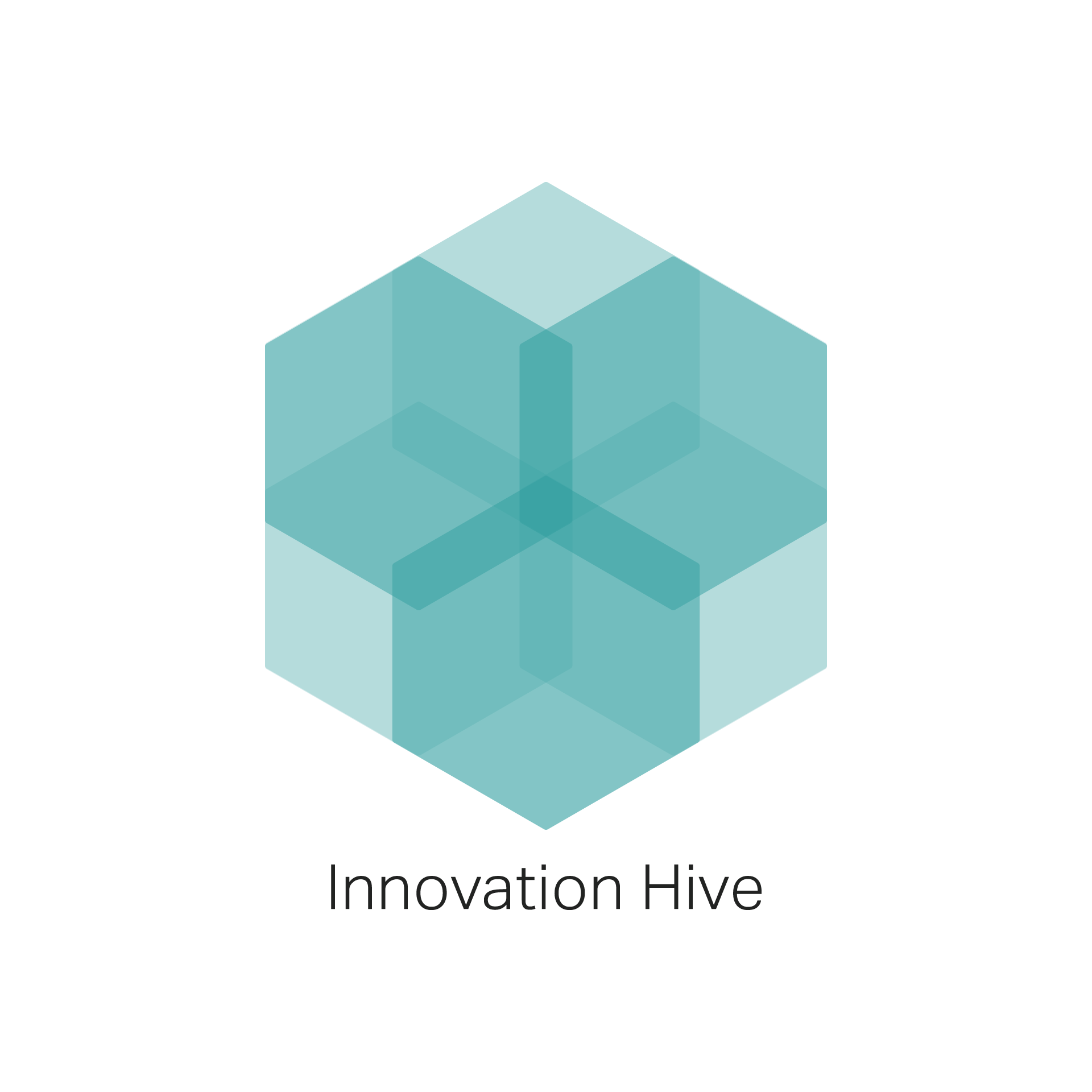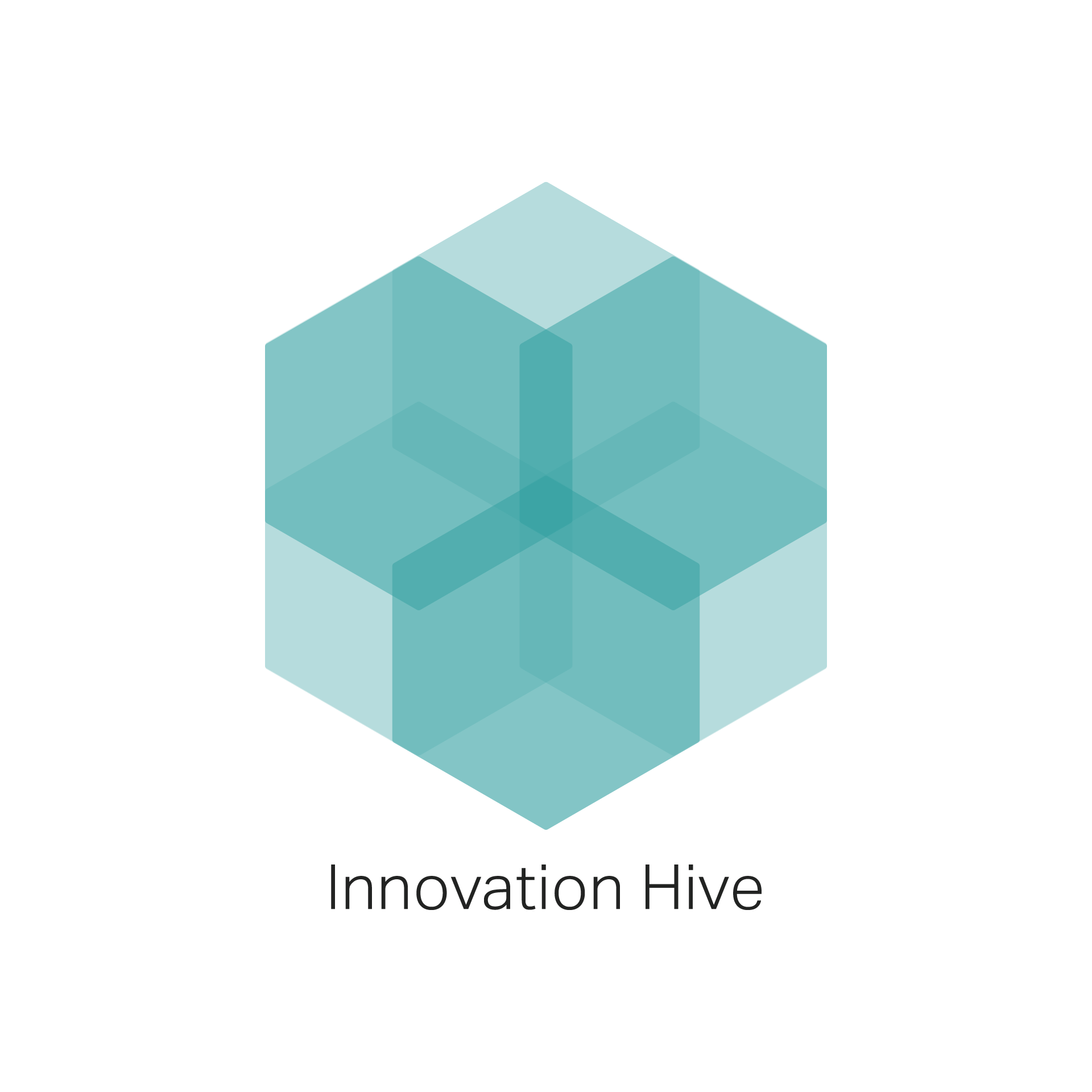The work-related stress is one of the major challenge in the workplace. Managers and employees should organize the methods and the strategies, which are necessary to manage and prevent work-related stress. This article will summarize the key elements in relation to work-related stress and introduce the project STREM: Stressless Employees – Introducing the profile of Employee Satisfaction Officer to tackle work-related stress in which, Innovation Hive is participating as partner.
The work-related stress affects not only the employees but also the growth of enterprises and organizations. Failures and mistakes on the management and organization of work are causes that can lead on the work-related stress and affect the employees on the productivity, the well-being on the workplace, and the whole organization.
Symptoms of this phenomenon can be categorized in three clusters: physical, psychological and behavioral symptoms. The three categorizes includes aspects as fatigue, muscular tension, trouble concentrating, anxiety, social withdrawal and loss of motivation.
The project STREM taking into consideration the work-related stress and mental health problems of the employees, has the aim to develop a profile and competences of an Employee Satisfaction Officer (ESO), that will lead the well-being activities in every company and communities of employees, in order to improve the well – being of the employees, that will exponentially improve their performance and the performance of the companies and the NGOs.
What has happened so far?
The project partners from Germany, Cyprus, Spain, Romania, Italy and Greece has begun the work on the first output of the project, the Report on the Wellbeing of the employees in the European countries. Partners have carried out research on the fields of human resource management, psychology, leadership, and communications in workplace. Through questionnaires and desk research, each partner country make a summary of literature and collection of case studies of companies that applied tools and rules to manage and guarantee the organizational well-being.
What are the next steps?
Partners will finalize the “Analysis of the State of the Art on Work Well-being” and will be available in English on the website for the stakeholders. The next step is to start the work on the second outcome, define the competences that the Work Well-being Manager should have and create the Employee Satisfaction Officer profile.
More information: https://stremeuproject.org/



